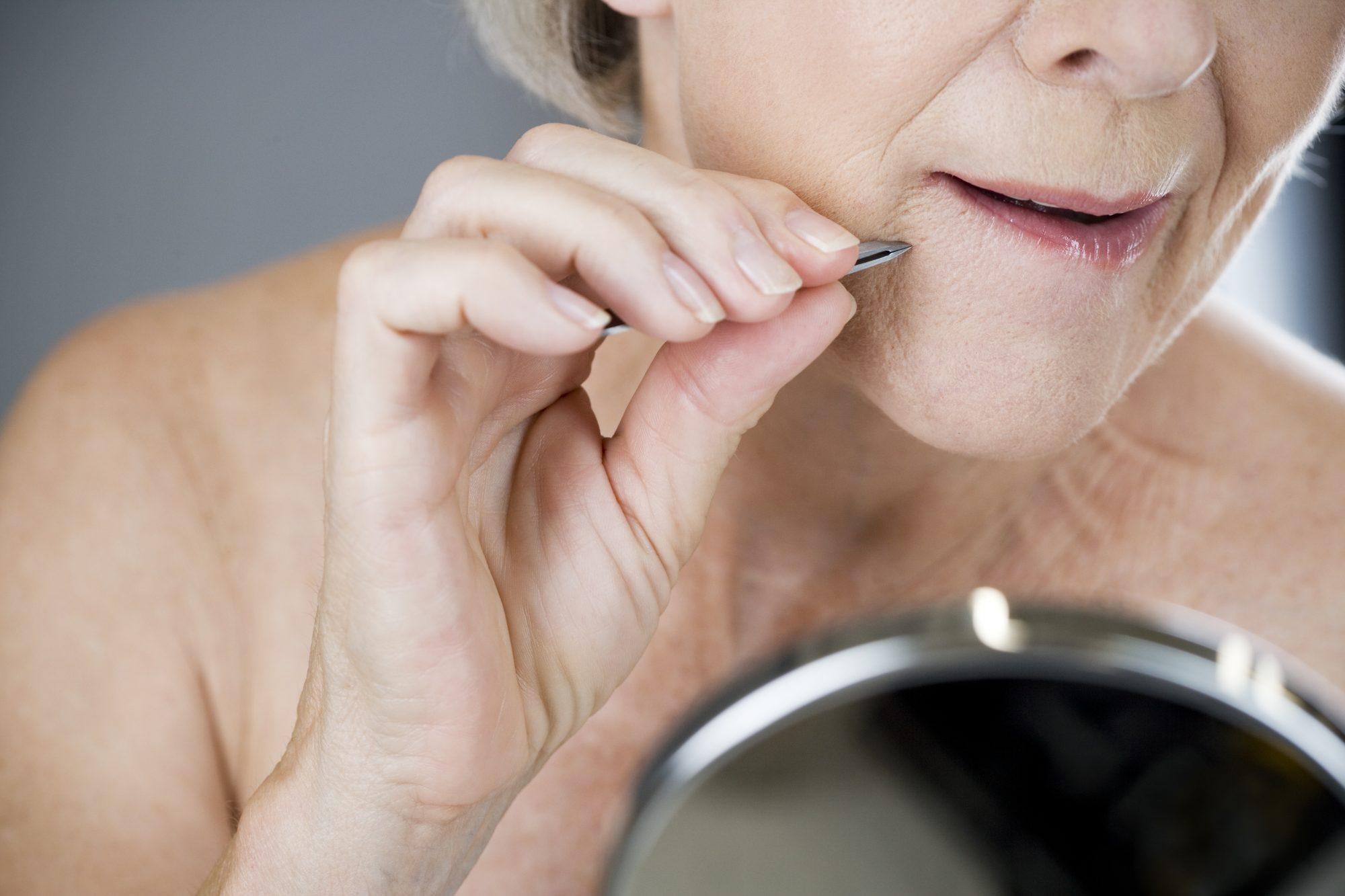
Hair growth in the chin area could be related to hormone imbalances. As a result, it is critical to seek the advice of a specialist, in this case, a dermatologist, to fully comprehend and treat the underlying cause of the problem. Hormonal fluctuations, heredity, and medication use are just a few of the variables that lead to excessive chin hair development. Unsightly chin hair is especially upsetting for women.
Although it is not unusual to notice a strand of hair growing out of your chin. It’s very natural to have a clump of chin hairs. If you’d probably prefer them removed, you may easily wax your chin hair at home to save time & expense over going to a salon or spa.
You can be fuzz-free for weeks at a time if you wax appropriately. Other than waxing, plucking, shaving, electrolysis, depilatory creams, and laser hair removal are all simple and efficient ways to get rid of unwanted chin hair. To get the best results from chin hair removal, make sure the skin is adequately prepped, that you use the right hair removal solutions, and that you remove the unwanted hair with care.
Your chin hair must be at least half an inch long for the waxing to stick to it. If you want to eyeball it, the chin hair must be as long as an eyelash to make the waxing as efficient as possible. Now that they’ll be quite long for a strand of hair on your face, you can pluck it with forceps if you don’t want to wait for it to grow out. However, if it’s long enough, you’ll be able to wax everything quite quickly.
Let’s have a look at the best methods to shave the chin area effectively:-
Tweezing
Plucking has been one of the oldest methods of chin hair removal. Hair removal with tweezers is simple and painless. It can be used on the chin and other parts of the face. All you have to do is place it on your face and use your hands to curl the flat sides. The revolving pieces will remove the hairs from your chin, leaving it hair-free. This instrument eliminates hairs from the bases but does not provide long-term hair removal. After 4-6 weeks, the hair tends to grow back. To maintain your tweezers disinfected, rinse them with the methanol after every use and put them in a protected pouch.
Depilatory creams
Depilation is yet another shaving procedure for the chin that is quick, inexpensive, and effective. Whenever applied to the skin, depilatory creams include a powerful chemical mixture that degrades hair. Before applying a depilatory cream, follow the instructions and perform a trial run on a different part of your body to check for skin inflammation or an allergic response. After depilation, make sure you properly wash your skin and eliminate any remnants of the cream. Avoid such creams if you have sensitive skin.
Laser Hair Removal
For those who are ready to spend time on expert electrolysis or laser hair removal, everlasting chin hair removal is a possibility. Each of these hair removal treatments works by blocking hair follicles and preventing hair regrowth. Finding an expert specialist to execute these chin hair removal techniques is crucial to getting the greatest results.
Shaving
Shaving your face could make it radiate, and dermatologists regard it as the best alternative for causing the least amount of harm to your skin. Shaving, when done correctly, causes the least amount of stress to the tissue that surrounds the hair. The belief that shaving causes your hair to grow back quicker is untrue. It does not affect hair growth. Your hair grows at the same rate. It just has a stubbly feel about it. Your hair has a gentle, wispy finish by nature. Shaving it, on the other hand, results in a blunt end that feels bulkier. It thickens and increases at the same rate. If you don’t want to shave your legs, use cuticle scissors to clip the hair close to the skin. There appear to be just so many methods to prune a bush.
Waxing Strips
This procedure works best with thick, coarse hair. It is not, however, appropriate for everyone. Waxing your chin hair should be avoided if your skin is extremely sensitive or if you have a hard time tolerating acute pain. Waxes are divided into two categories: soft wax and hard wax. Soft wax comes in the form of strips that you apply to the desired location, warm it up, and then use the strap to items out. Hard waxing consists of just putting wax to the skin without using strips and then peeling it off. Both kinds of wax cleanse your face while removing hair from the root. Several wax strips are designed to remove facial hair and cause less discomfort.
Threading
This procedure works well on facial hair that is fine to moderate in coarseness, thus it isn’t for everyone. Learning how to do it effectively requires a while, and it can also cause extra discomfort and itchiness. Threading pulls hairs from follicles by rolling twisted cotton threads over them and plucking at the follicular level. Unlike tweezing, which removes individual hairs one by one, threading eliminates long rows at a moment.
Epilators
It is an electric hair removal device that pulls out undesired hair. When contrasted to tweezers, they are superior. They have to deal with multiple strands of hair at the same time. When used, they are also fairly pinching, as a minor pain is experienced. The effects remain for around six weeks before the hair starts to come again. They, like tweezing, require hair to be a certain height, such as 14 inches, to perform successfully. They are also more efficient and save time. Such devices are sold in a variety of stalls over the counter. It’s also a good idea to use a calming lotion.
